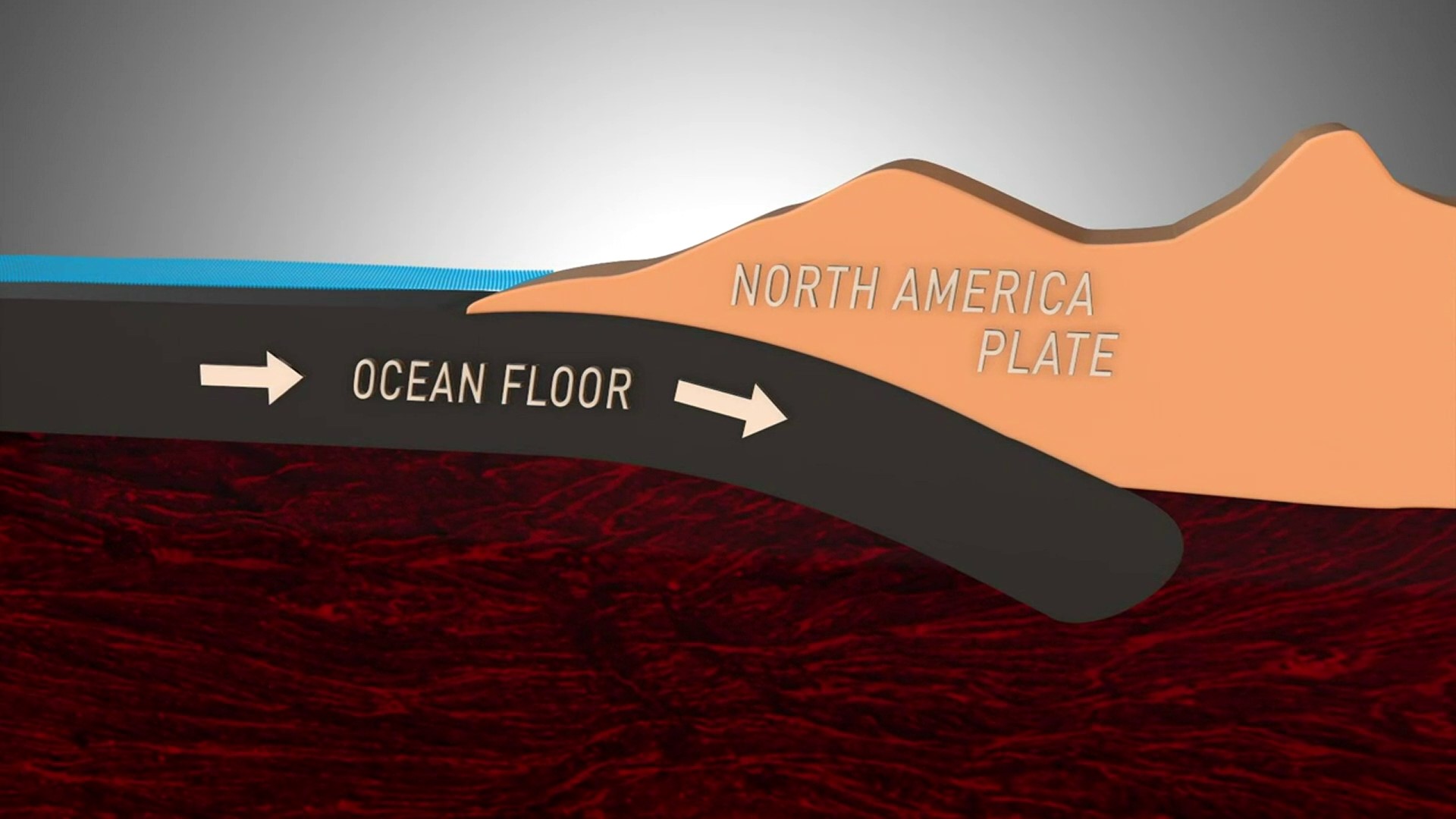Washington officials believe 8,000 people would die as a result of an earthquake-driven tsunami after a magnitude 9 quake hits off the coast.
The reason is many low-lying communities are without easy access to bluffs and higher ground and would not have time to outrun the waves in the mere 15 to 20 minutes it would take between the shaking to stop and first tsunami waves to hit the beach.
Maximilian Dixon, the earthquake program manager for Washington State Emergency Management, says that’s 8,000 people in the offseason. The number is expected to be higher during the warmer tourist season.
Officials say there is a solution that could drop those frightening numbers to near zero. The answer is tsunami vertical evacuation structures.
There is also the threat of tsunami waves coming from the other side of the Pacific Ocean, or Alaska. There, the warning time would be much longer.
Washington is ahead of other tsunami-vulnerable states like Oregon, California, Alaska, and Hawaii.
The state already has one vertical evacuation structure. It doubles as part of the Ocosta School south of Westport on the coast. Residents approved a bond issue to upgrade the new school’s construction in height and strength to serve as a place for not only students and staff, but also the community to run to and take shelter. A safe place to try and reach ahead of impending disaster.
It is the only vertical evacuation structure in North America. But the shelter is not going to be alone for long.
This summer, the Shoalwater Bay tribe, which has a small reservation next to Tokeland, competed for and won $2.2 million from the Federal Emergency Management Agency to help build a tsunami evacuation tower that tribal and non-tribal members can run to in an emergency.
The Shoalwater tribe’s experience is providing a template for the future for more vertical evacuation structures.
Tim Cook, the state hazard mitigation officer of the Shoalwater Bay experience, says the tribe’s experience and tsunami evacuation tower changed everything.
Cook works heavily in the realm of grants and financing for his agency which has now created a manual for how other communities can get on board to build their own structures.
The state is now in discussions with Westport, Ocean Shores, Aberdeen, and some others to help local communities to get those structures built. Places that people could reach in that 15-minute window and focused on long flat peninsulas such as Long Beach, Ocean Shores and other low lying lands.
The manual would help mayors, county executives, county emergency managers, council people, and other officials to streamline the planning process.
Eventually, there would be standardized plans for towers, earthen berms, and other structures that would be adaptable to local situations as the coastline and local conditions vary widely.
The manual lays out seven phases, from involving emergency management partners, assessment of tsunami risk and current evacuation options, to community engagement, identification of potential sites, funding plans, and finally construction and operation.



